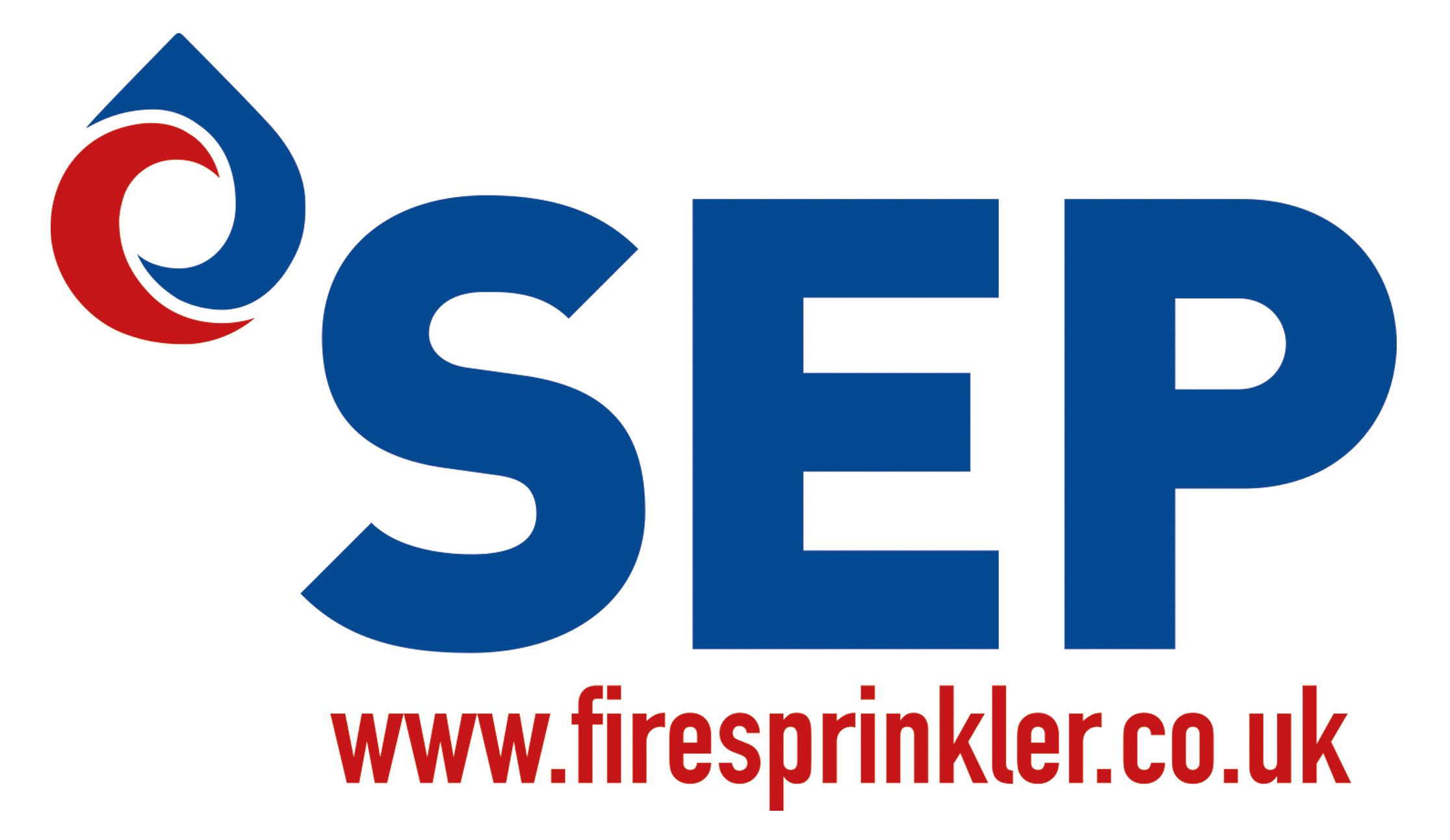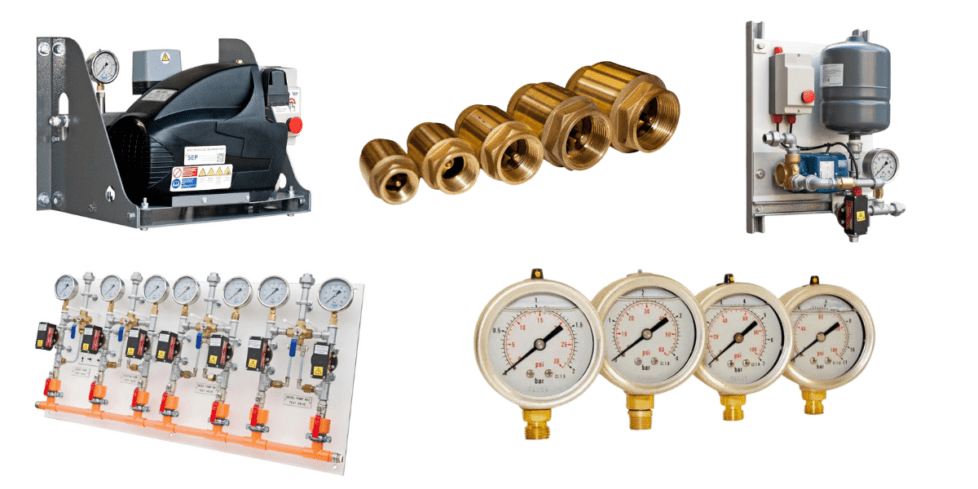When it comes to safeguarding property and people from the devastating impact of fire, a reliable fire sprinkler system is indispensable. At SEP, we provide a number of specialist products designed to meet diverse safety needs. Let’s take a quick and simple delve into some of the essential components that make a fire sprinkler systems both effective and efficient. This article is intended to be a layperson’s guide and not a comprehensive manual for designers!
Sprinkler Heads
The most obvious part of the fire sprinkler system is the sprinkler heads themselves, because quite often these are the only visible parts in public areas of a building. These devices are strategically placed throughout a building to ensure appropriate coverage based on risk assessment and design requirements.
When a fire occurs, the heat causes the liquid/gas inside a glass bulb to expand and break the glass which in turn allows water to escape to suppress the flames and help prevent the fire from spreading. The precision in placement and type of sprinkler heads used (temperature, spray pattern etc) is crucial for optimal protection.
Valves
Valves are critical components in a fire sprinkler system. They control the flow of water to the sprinkler heads and are essential for the system’s operational integrity. Different types of valves each play specific roles in ensuring that water is delivered efficiently and effectively when needed, such as:
- alarm valves are the main valve through which water passes into the fire sprinkler system; as the name suggests, these valves incorporate components which will activate the main building fire alarm.
- check valves, or non-return valves, ensure that water (or air) can flow in one direction but not the other; they may simply be a swinging paddle or spring-assisted.
- control valves allow, restrict or stop the movement of water (or air) through a pipe, allowing isolation of areas (or zones), maintenance. etc; there are numerous types of control valve, all with different features, advantages and disadvantages – such as ball, gate, globe, butterfly, solenoid – and some may be actuated (driven by electricity, for example), or monitored (so that the building management system is warned if they are closed when they should be open).
- safety valves are usually spring-operated valves which open at a certain water or air pressure, and are included to ensure that critical parts of a sprinkler system are not subject to damaging or dangerous pressures.
Air Compressors
In dry-pipe fire sprinkler systems (which may include completely dry systems, those which are dry only for certain periods – alternate, or those which are dry only in certain areas – tail-end), air compressors maintain the necessary air pressure in the pipes. Either by acting directly on a valve, or in conjunction with other monitoring methods (in pre-action systems), the pressurised air prevents water from filling the pipes until a fire is detected. When a sprinkler activates, the drop in air pressure triggers the release of water into the system. The correct sizing of air compressors and air pressure is important in, ensuring a swift response to the fire.
Pump Initiation Boards
Pump initiation boards are vital in many types of (pumped) fire sprinkler system for maintaining the correct ‘standing pressure’ (by way of a jockey pump) and for activating the main fire pump/s when a fire is detected. These assemblies ensure that the pumps start immediately, providing the necessary water flow and pressure to the sprinkler heads. This prompt activation is crucial for containing or extinguishing fires quickly. Different designs are available, for instance the requirements for a wet riser system are different to an automatic sprinkler system (which for instance requires twin pressure switches), and the pressure rating may vary depending on the system’s requirements.
Booster Pumps
Booster pumps play a significant role in maintaining adequate water pressure within the fire sprinkler system, and for providing the correct pressurised flow at times of sprinkler activation. They may be particularly important in high-rise buildings or areas where the water pressure is insufficient, for either commercial or residential/domestic systems. By boosting the water pressure, these pumps ensure that the sprinklers can operate effectively across all floors and zones of a building. For mains-fed systems, it is important to note that pumps can boost pressure; however, no pump can increase flow from the mains supply – if this is a problem then an appropriately-sized water tank is required.
Pressure Gauges
Pressure gauges are essential for monitoring (water or air) pressure within a fire sprinkler system. Regular monitoring aids maintenance, problem-solving and helps in ensuring that the system is always ready to respond to a fire emergency. Appropriate Pressures of air or water are critical for the system’s efficiency and reliability. Where accurate pressures are important, or for system testing purposes, SEP offers a calibration and certification service.
Switches
Flow and pressure switches have multiple functions – they may send a warning or alarm signal to a separate panel, or they may operate a pump or other part of a system. Periodic testing, especially of zone flow switches and fire pump pressure switches, is crucial.
Investing in a robust fire sprinkler system is paramount for fire safety. At SEP, we offer a range of high-quality components including most of the above, and more. Each component is designed and built for quality and system harmony, ensuring that your fire sprinkler system is always prepared to protect your property and lives.

